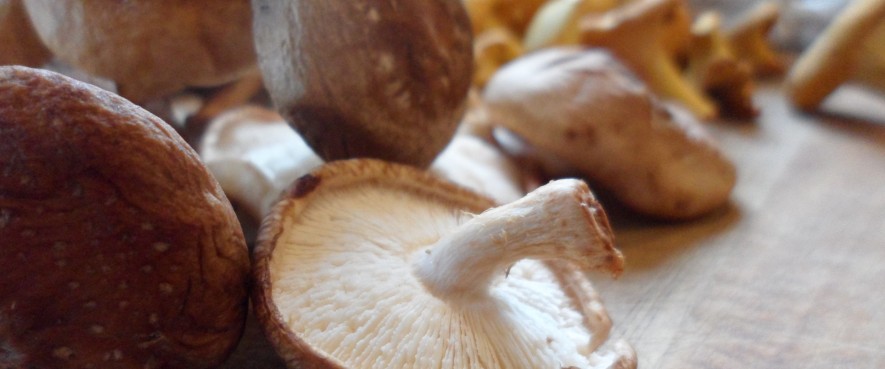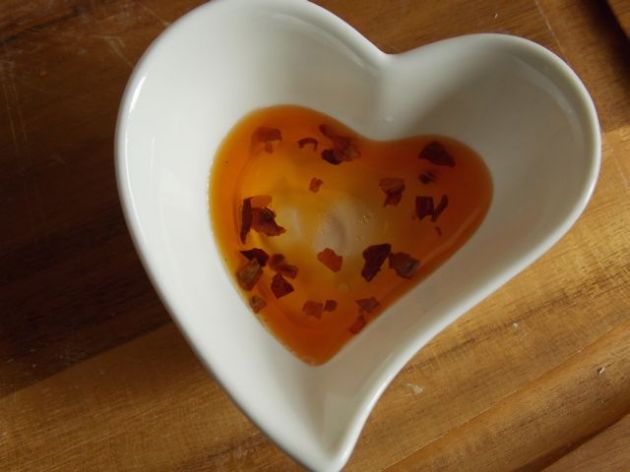For the last week I have been doing a fairly intensive cleanse, new year, new start. Right? Cleansing is a very personal thing, some people like it and do it – some people don’t. A girlfriend at work and myself have been successfully cleansing and fasting for a number of days now… by that I mean it feels like ten. Ridding our bodies of the old and helping to boost rejuvenation. The cleansing battle has been a bit up and down for me, considering I have a slight food obsession and this particular program includes a five days of no solids. How does a food blogger… quit food? Quit juicing. Quit…. it all. It’s been an adventure, lets say that.
Before beginning the cleanse I spent a lot of time brainstorming how to properly use up the remaining items in my fridge and how to break the fast in a way that would be satiating as well as gentle. The recommended options stated in the cleanse are an apple for breakfast, a salad for lunch and if that goes well – another salad at dinner. Well that’s all good, fine, quite tolerable. However, for someone like me who eats an abundance of fermented foods, I have noticed a dramatic change in my inner self with not having any added happy friendly bacteria.
So I have decided to rebel. I am not going to break the fast with salads, an apple – sure, a green juice instead of a salad and a niiiccee warm bowl of miso soup. I don’t love soy, honestly I don’t even like soy. I generally try to avoid it, with the occasional exception of some tempeh and a tub of miso paste that calls the top shelf of my refrigerator home. There are so many debates about soy, so many. For a very informative and objective look at some of the debates head on over to the Holy Kale, take a read. Decide for yourself if you want to use it and include it. Like I said, I have a whole shwack load of friendly ferments in my daily life – so miso works for me on occasion. Occasions… such as this, where I would really like to gently reintroduce semi solids and send my digestive system back into orbit with some fermenty friends. The thing to remember when making miso, is that in order to get the full benefit of those bacteria it needs to be warm not hot. Scalding those little loves will do no good, so be careful when mixing it up!
Can’t have miso soup… without just a few little steamed gyoza. Right? So easy once you get the hang of it, knowing that after a bowl of miso I would be dying for at least a couple… I made a batch of 20 and froze them. I have a previous post about making gyoza so I won’t delve deeply into my love for little steamed pockets. Maybe the fact that I am doing a second dumpling ish post says enough! These ones are just mushroom, no tempeh or kale.
I chose to steam the gyoza, limit the frying and why bother with the baking. Simple is best, plus I love cooking with water and steam. This cleanse taught me an incredible amount of just how gentle the system is, while being so strong and resilient at the same time. It’s amazing! Truly a wonder. My own body has gone on a round about ride up and down between feeling good and feeling like crap, I will be happy to have some real food again. That’s for sure. Steam, because it’s simple and it’s healthy. No added oils or splatter burns. Just some quick cooking love.
Although I have a burning love for shiitakes on a regular day, I chose to use only these little delights for my come back soup. Shiitakes support healthy stomach function, are incredibly restorative and are great immune regulators. Medicinal mushrooms, gotta love ’em! They also look beautiful and ever so traditional in a simple miso broth. Floating perfectly in place of small pressed tofu cubes!
Shiitake Miso
(makes two bowls)
2.5 Cups of Water
1 Handful of Shiitake Mushrooms
2 Green Onions
1 Tsp Tamari
1.5-2 Tbsp Shiro Miso Paste
Sea Veg & Pea Shoots
In a medium sized pot, boil the water and the mushrooms. Cook at medium heat for about 5-8 minutes with the lid on. Slice and add the green onion continuing to cook for a minute or so before turning the burner off and adding the tamari. Remove the pot from the stove completely, then scoop out about 2/3 of the mushroom water (liquid only) leaving the lid off and allowing it to cool down slightly, putting it in a soup bowl. Stir the miso paste in the 2/3 of mushroom water until it’s fully dissolved. Once the pot is no longer steaming visibly, add the miso water into the pot and give it a good stir. Top with nori or other sea veg and some fresh pea shoots.
Mushroom Gyoza
(makes about twenty)
1/3 Cup Water
2 Cups of Oyster Mushrooms
1 Cup of Shiitake Mushrooms
0.5-2 Tsp Fresh Grated Ginger
1 Green Onion
1 Tbsp Tamari
Splash of Rice Vinegar
Salt & Pepper
Wonton Wraps
In a large pan or wok, cook the mushrooms in the water until the mushrooms are soft and the liquid has disappeared. Allow the mixture to cool, and then blend in a food processor until it forms a paste like texture. Add the ginger – to taste, sliced green onion, tamari, rice vinegar, salt and pepper. Blend it again to make sure it’s fully mixed. Scoop out half a teaspoon to a teaspoon of filling into the middle of a wrapper, wet the edges and fold! Easy peasy, I promise, once you do a couple you’ll fly through it. For a more detailed explanation of wrappers and folding check out my previous gyoza post.
Dipping Sauce
2 Parts Rice Vinegar
1 Part Sesame Oil
As many heaps of chili flakes as desired



















